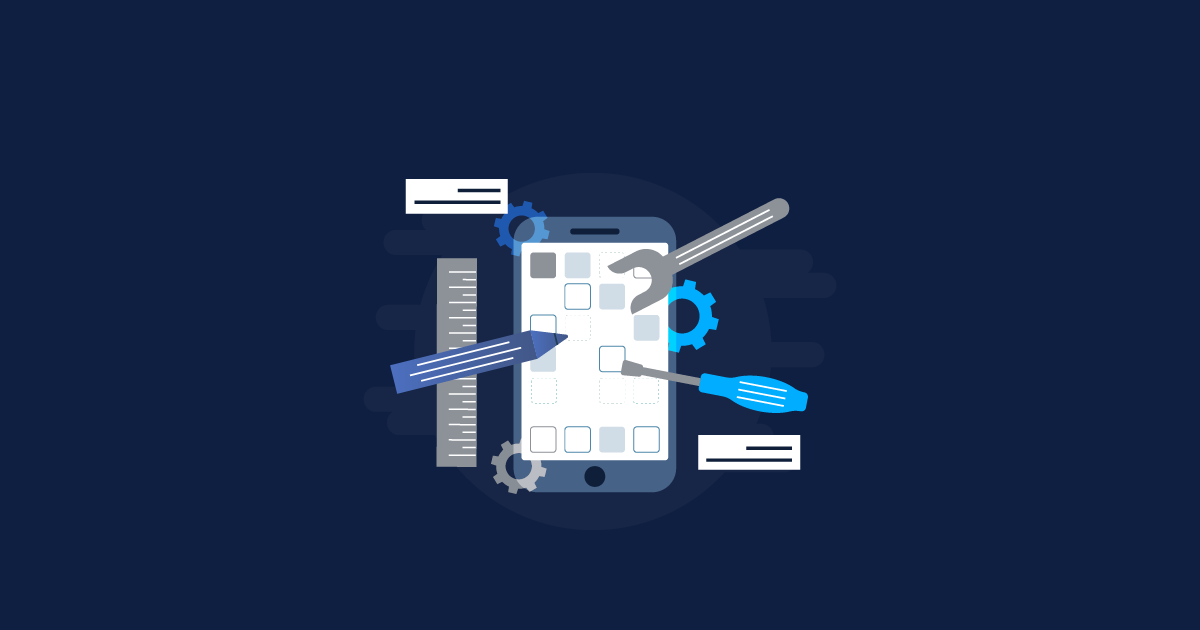Introduction To Exploratory Testing
Exploratory Testing is a software testing approach where we remove the scripts entirely. The tester is given the freedom and responsibility to execute testing activities. Without prior knowledge about the product or guidelines for the testing process, testers interact with the app as they wish to get information related to the app, APIs, and environment. Testers use this information to react, change course, and explore all the app’s functionalities without restraint. Design and execution phases are performed simultaneously.
Some may say, “well, that’s Ad Hoc!” or “No script represents being unprepared.” But that’s not true! The exploratory approach allows testers to unlock their brain’s full potential in finding bugs and verifying functionality without any restrictions. This approach complements automation Testing so well, and that’s what makes it the most powerful tool in the hands of an experienced tester.
Scope of Exploratory Testing
Exploratory Testing is a great way to extend existing test cases. Did you ever wonder why some testers do it better while the others keep failing? The secret is that some testers actively explore and see the test cases from a new perspective to understand the test cases and refuse to stick to only instructions. When exploratory Testing becomes a frame of all the thinking, it incorporates all considerations about Testing. Testers identify executable specifications for which the documentation is required and then try to identify it and document it with the help of Automation.
Why Exploratory Testing?
There are a lot of reasons why testers prefer exploratory Testing apart from being the quickest and most effective way to find bugs in a product! But that’s not just! –
When the documentation is missing or not complete, this software testing approach can help in exploring the application and document all the findings that we need.
It helps to unlock the full potential of the tester’s brain and lets him generate new ideas & test cases during the execution process.
Improves productivity as the testers investigate throughout the process without following any script and finding functional issues quickly.
Rather than writing hundreds or thousands of test cases and automating them, this approach supports testers in assessing a system within a time frame and identifying areas to explore. You can add them to your script later.
Using this approach, we can get down to the bottom of the smallest part of the application to uncover all the bugs that are not generally found under any other testing approach. This will increase the test coverage with minimal effort.
Learning new things is more important than testing an application with some pre-written scripts. In this approach, testers will have a lot of scope to learn new things about the system, build knowledge and add more value to the team.
Testers can always provide feedback about the user experience and thereby increase the quality of the product.
Whenever there is a change in client requirements, exploratory testing is of huge benefit as it offers flexibility when you don’t have the time to plan test design.
How to Perform Exploratory Testing
Even though it requires minimal preparation, this approach still requires a structured process to make it effective. Here is how to perform exploratory Testing to yield the best results –
1. Create a Test Charter & Define the scope:
It is very crucial to develop a Test Charter before performing exploratory Testing. A charter is just like a mission statement that outlines the explorable areas, the duration of the testing process, delegation of responsibilities, approach, test data requirements, Test environment, etc.; specify the features that you are going to cover or not cover so that you might not miss high-risk functionalities that might require immediate feedback.
2. Schedule the testing sessions
Once the tester starts exploring a product, it is sometimes difficult for him to decide when to stop it. Therefore it is always advisable to schedule the tests and limit the time spent on each session to help teams focus and make the testing more effective.
3. Define testing technique to be used
There are three ways of performing exploratory testing: Ad-Hoc Testing, Session-based Testing, and strategy-based Testing.
A. Ad-Hoc
Ad-Hoc is not the tester’s go-to way of applying an exploratory testing strategy. Anyone can perform Ad Hoc testing, even though they have zero testing skills. All they have to do is to try the product, without any instructions & expectations. Thus, this method can help only report the bugs but not follow up on the tester’s actions.
B. Session-based
Session-based exploratory testing, on the other hand, is the most common method of performing. In this method, the tester will schedule each session and provide a period of time (let’s say, 30 minutes) for each session. After each session, the tester has to document all the details like the session number, date, name of the tester, risks associated, bugs uncovered, test coverage, total time spent on the session, and any other details that are required.
C. Strategy-based
Strategy-based exploratory testing is, by far, the most used technique. Testers will craft a strategy to apply techniques like setting limit values and equivalence partitioning while creating test cases. Based on the tester’s skills and knowledge, he/she will choose the technique that is more appropriate for the given scenario.
4. Recording results
By the end of each session, the tester will prepare documentation explaining how to reproduce a bug that they uncovered during the session. The results of each session should also be recorded.
5. Reviewing results and adding them to the learning
After performing exploratory testing, all the testers who took part in the process have to discuss and review the results. These reviewed results can be added to the scripts for future use.
If you are looking out for accurate, efficient, and cost-effective exploratory testing services, then QAonCloud is the best option for you. Get in touch with us today! Take a look at our offerings to know more about our services.




